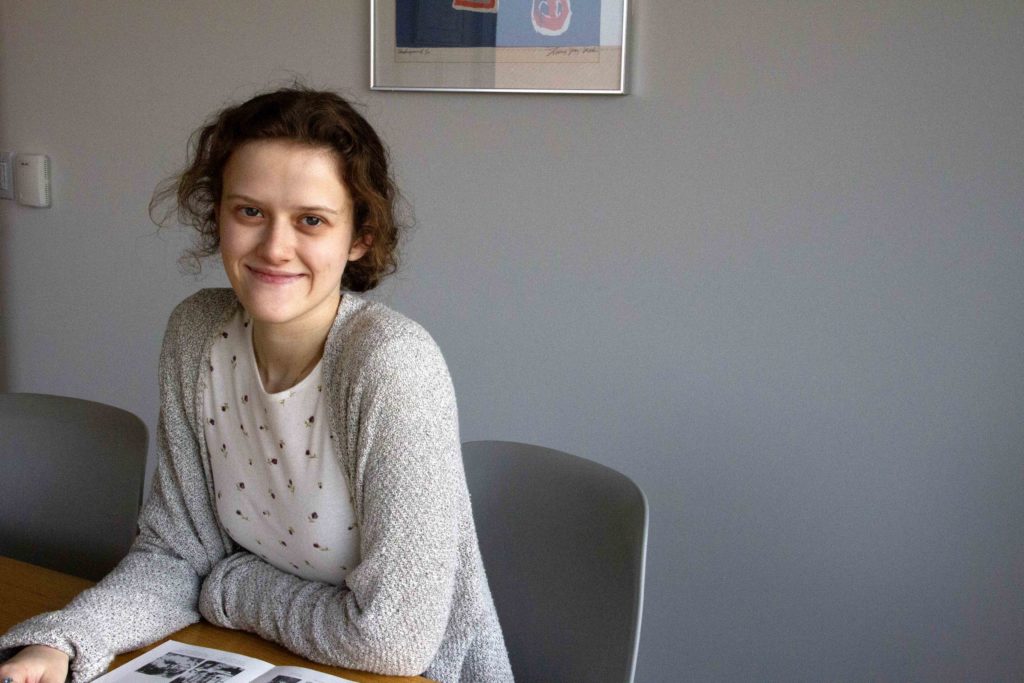Though they can seem daunting, Oregon State’s Baccalaureate Core (Bacc Core) requirements often end up being life-changing opportunities to expand our learning, discover new interests and generally heighten our academic experience.
Classes in the Science, Technology, and Society Bacc Core category are meant to provide students with the necessary tools to understand the role of science and technology in modern society. When I was looking to fill the Science, Technology, and Society requirement, I was impressed by the diversity of courses, which range from History of Design and Fungi in Society to The World of Poisons and Food Law, but one caught my eye right away: the honors version of Gender and Science.

As a political science major, sociology minor and feminist, I have always been intrigued by Women, Gender and Sexuality Studies (WGSS), mostly for the inclusive and intersectional social justice aspects. I was sure right away that I wanted to take the class as an honors course because I knew it would provide the smaller, discussion-based environment in which I thrive as a student.
The central conceptual theme of the course is analyzing and discussing the way that STEM (science, technology, engineering, and mathematics) and gender interact. The class, which is taught by WGSS senior instructor Kryn Freehling-Burton, is split into three themes. Each theme focuses on a different concept related to gender and science. Theme one looks at the history of women in STEM, including the multiple obstacles they have gone through to achieve success and recognition in their fields. Theme two delves deeper into how gender and science intertwine in culture and society. The last theme, theme three, focuses particularly on how women and other marginalized groups are affected by medicine and various technologies in society.
In the honors version of Gender and Science, students read and watch assorted materials hand-picked by Freehling-Burton and then come together to discuss them in a small, inclusive setting. The students, who come from a variety of different fields, each provide their own unique perspectives about how gender and science interact. Because there are fewer students than in the standard version of the class, there is more time for close-knit discussions that allow for eye-opening conversations about multiple topics central to the main concept.
Freehling-Burton enjoys the honors version of the course immensely: “The honors section is much smaller and the seminar-style allows us to dig much deeper into the readings and issues we cover. Everyone’s voices are valuable and there is time to hear from everyone.”
My class, which takes place once a week in a three-hour block, is diverse, including students from both STEM and liberal arts fields. This brings a plethora of different thoughts and opinions to the table – allowing us to expand our perspectives and see the world of gender and science through multiple sets of eyes, which only enhances our understanding of the subject.
The course also includes a few creative projects, including a photovoice, which asks students to capture the concept of gender and science through photography, an art response to one of the readings and a final poster presentation about a topic covered in the class. “Poster” is a loose term – the project itself allows for a lot of student creativity and innovation and can be in the form of a zine, picture book, PowerPoint, podcast, etc. This aspect is important to me, as it allows me to express myself creatively in a safe, welcoming environment.
Freehling-Burton hopes the class is fruitful for students, stating, “I hope that students who take the class will move beyond asking, ‘how do we get more women and girls interested in science?’…but also asking how including more varied and diverse voices, perspectives and histories will make the questions we ask in science better [in ways] that will lead to results that can improve the world for more people.”
Overall, Gender and Science is a wondrous entry into the world of WGSS, and a great way to further your engagement in science and gender issues. If you’re looking for a diverse, eye-opening, discussion-based class to fulfill a Bacc Core requirement, or just to take for fun, the honors version of Gender and Science is an incredible option to consider.

By Cara Nixon, Student Writer
CATEGORIES: All Stories Inside Scoop Students